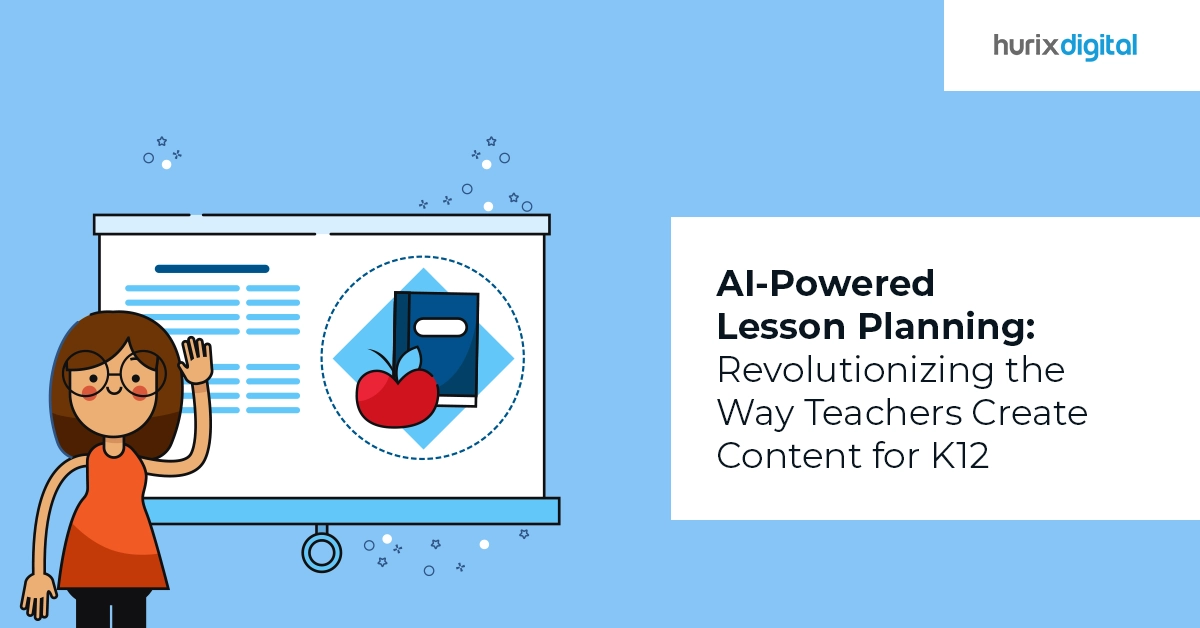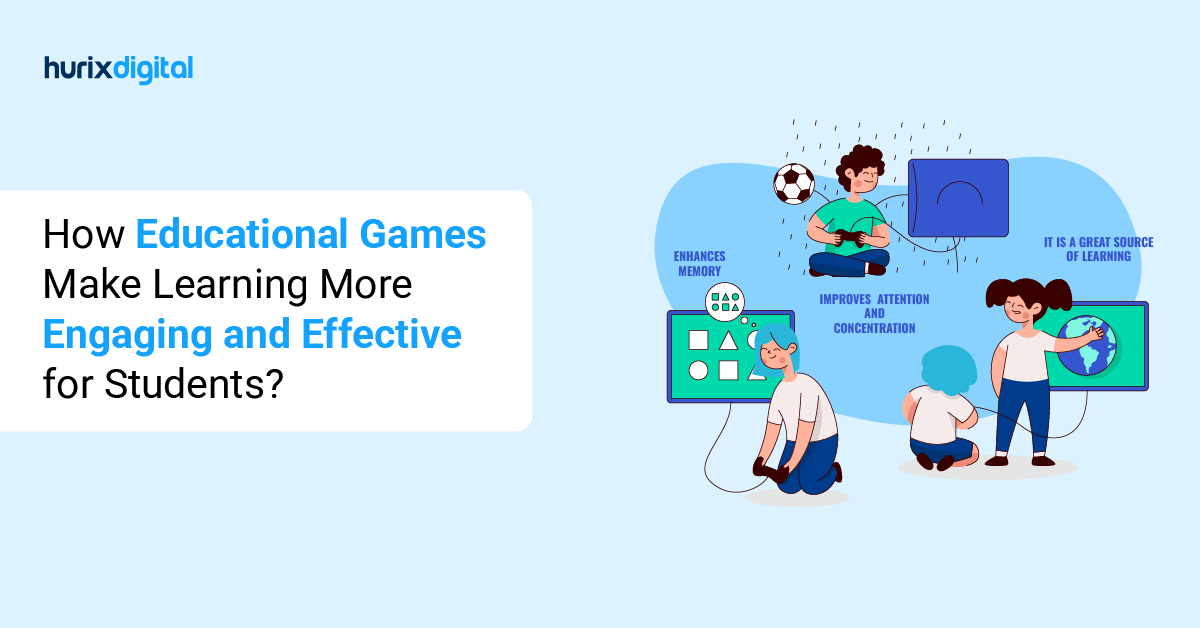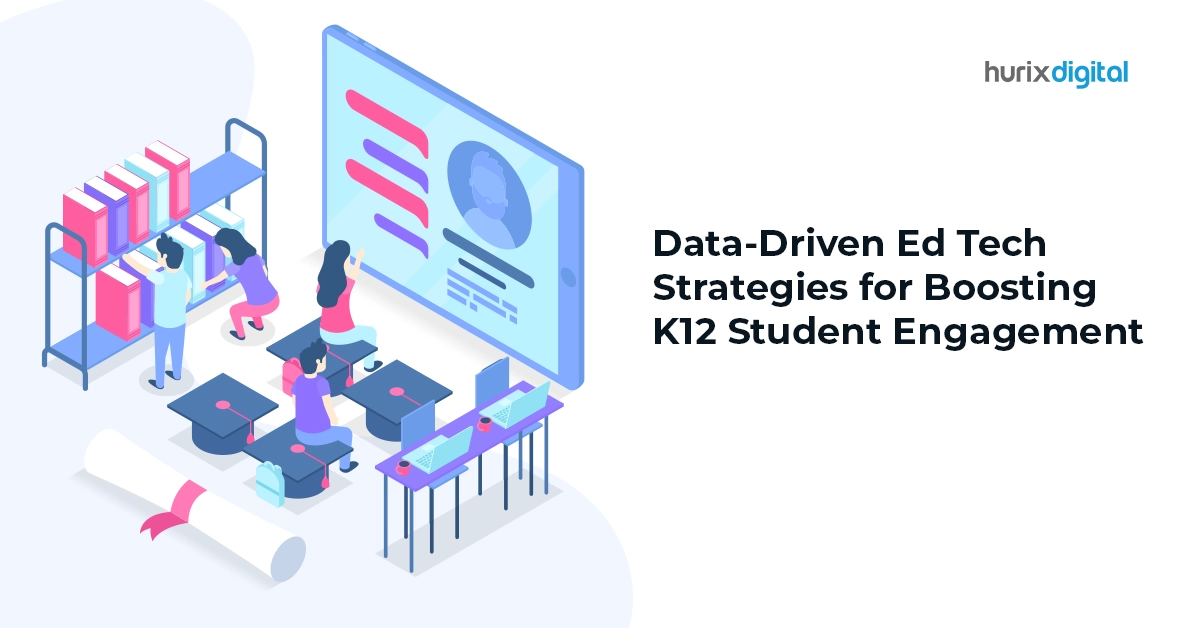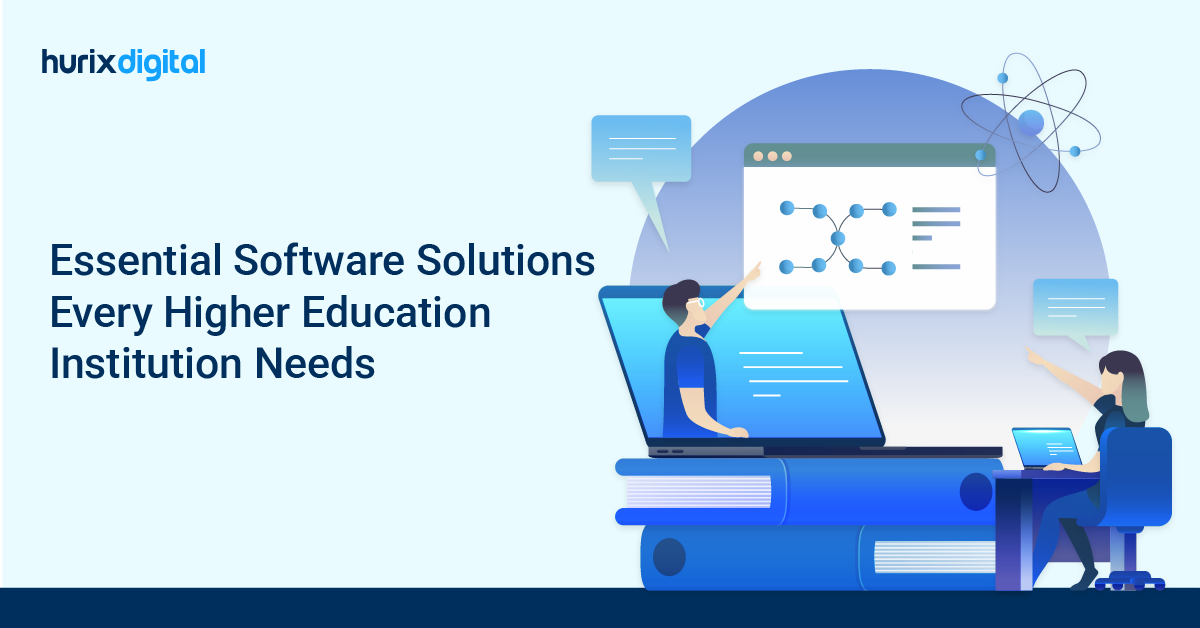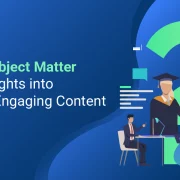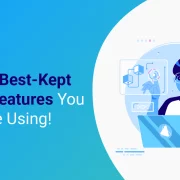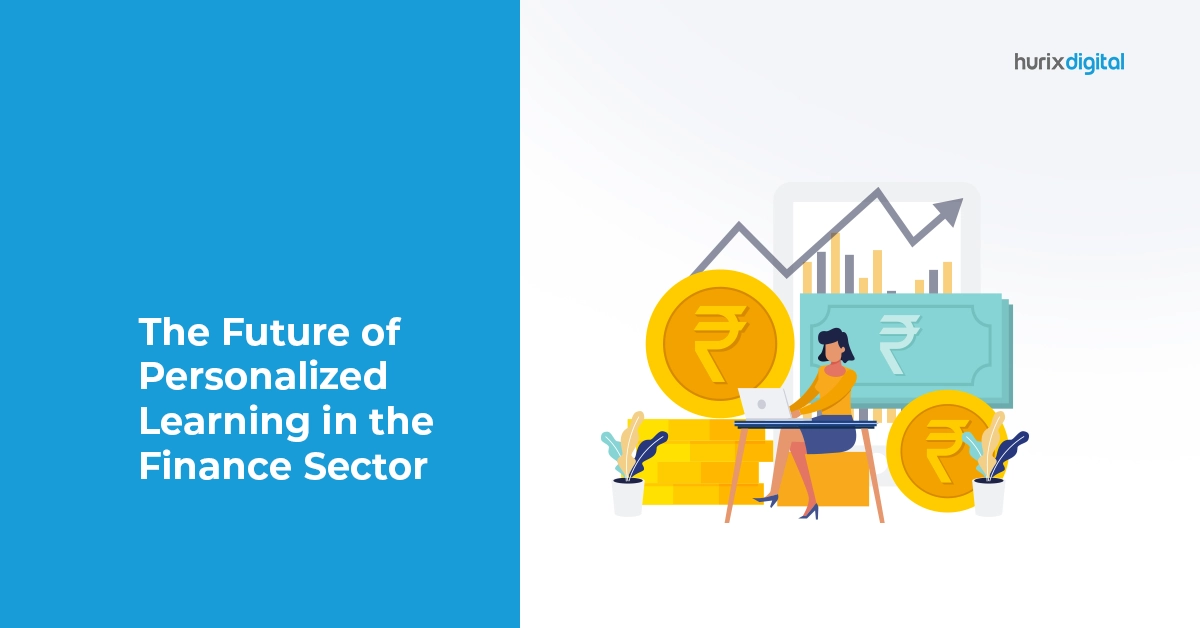
The Future of Personalized Learning in the Finance Sector
Summary
This article provides an overview of personalized learning and its importance in the finance sector. It also discusses the benefits of personalized learning and its implementation in the finance sector.
The finance sector is undergoing rapid and profound changes due to digital transformation, regulatory shifts, customer expectations, and market disruptions. To thrive in this dynamic environment, finance professionals need to constantly update their skills and knowledge, adapt to new challenges, and deliver value-added solutions.
However, traditional learning methods are often inadequate to meet the evolving needs of finance professionals. They tend to be one-size-fits-all, time-consuming, costly, and disconnected from the real-world context.
Moreover, they fail to account for the diverse preferences, goals, and learning styles of individual learners. That’s why personalized learning is becoming a key strategy for enhancing the performance and potential of finance professionals.
Table of Contents:
- What Is Personalized Learning? Why Is It Important in Finance?
- How to Implement Personalized Learning in the Finance Sector
- Benefits of Personalized Learning for Finance Professionals and Organizations
- Challenges Faced in Personalized Learning in the Finance Sector
- Best Practices for Personalized Learning in the Finance Sector
- Conclusion
What Is Personalized Learning? Why Is It Important in Finance?
Personalized or customized learning is a term that encompasses various methods and techniques to customize the learning process for each learner. It can be applied to any type of learning, such as formal training, informal learning, coaching, mentoring, or self-directed learning.
Personalized learning is especially important for banking workforce development because:
- They operate in a complex and dynamic environment that requires constant upskilling and reskilling
- They need to master a variety of skills and competencies, such as technical expertise, business acumen, analytical thinking, problem-solving, communication, collaboration, innovation, and leadership
- They have different roles, responsibilities, backgrounds, experiences, aspirations, and career paths
- They have different learning styles, preferences, motivations, and challenges
How to Implement Personalized Learning in the Finance Sector
To implement personalized learning in the financial industry training effectively, organizations need to follow a systematic process that involves the following steps:
1. Define the Learning Objectives and Outcomes
The first step is to identify the specific skills and competencies that finance professionals need to develop or improve.
This can be done by conducting a skills gap analysis or a competency framework assessment. The learning objectives should be aligned with the organizational goals and strategies.
2. Assess the Learners’ Profiles
The next step is to collect data on the learners’ profiles. This includes their current level of knowledge and skills, their learning needs and goals, their preferences and styles of learning, and their motivations and challenges.
This can be done by using surveys, interviews, assessments, or observations. These methods can help gather quantitative and qualitative data on the learners’ characteristics, behaviors, and outcomes.
The data can then be used to create learner personas, profiles, or segments that can guide the personalization of the learning content and activities.
3. Design the Learning Content and Activities
The third step is to create the learning content and activities that match the learners’ profiles and objectives. The content should be relevant, accurate, updated, and engaging. The activities should be interactive, immersive, and adaptive.
The content and activities should be delivered in various formats and modes, such as text, audio, video, animation, simulation, game, quiz, etc. The content and activities should also be modularized and personalized to allow the learners to choose their learning path and pace.
4. Deliver the Learning Experience
The fourth step is to deliver the learning experience to the learners using the appropriate technology and platform. The technology should enable the learners to access the content and activities anytime, anywhere, and on any device.
The platform should provide a user-friendly and intuitive interface that facilitates the navigation and interaction of the learners. The platform should also support the integration of various tools and features, such as data collection, analytics, feedback, coaching, recognition, etc.
5. Evaluate the Learning Outcomes
The final step is to evaluate the learning outcomes of the learners using data and analytics. The data should capture the learners’ progress, performance, engagement, satisfaction, and impact.
The analytics should provide insights into the strengths and weaknesses of the learners, the effectiveness and efficiency of the content and activities, and the areas of improvement and innovation.
The evaluation should also involve feedback from the learners, instructors, managers, and stakeholders.
Also Read: 5 Benefits of Personalized Learning for Your Employees
Benefits of Personalized Learning for Finance Professionals and Organizations
Let’s take a look at the benefits of personalized learning, especially in the context of finance professionals.
1. Improved Learning Outcomes
Personalized learning can help finance professionals achieve better learning outcomes by providing them with relevant and engaging content and activities that suit their needs and interests.
2. Enhanced Performance and Productivity
Personalized digital learning in finance can help professionals improve their performance and productivity.
This can be done by enabling them to develop or improve the skills and competencies that are essential for their roles and responsibilities.
3. Reduced Costs and Risks
Personalized learning in finance and bank training programs can help organizations mitigate their risks. This can be done by ensuring compliance and quality standards, as well as enhancing their reputation and competitiveness.
4. Increased Motivation and Satisfaction
Personalized learning can help finance professionals increase their motivation and satisfaction. This can be done by empowering professionals to take charge of their learning process.
This, in turn, will help provide their customers with personalized banking services. It can also help them enjoy their learning experience more by providing them with fun and interactive content and activities.
Also Read: How to Create Personalized Learning Paths for Higher Education Students
Challenges Faced in Personalized Learning in the Finance Sector
Personalized learning in the finance sector is not without its challenges. Some of the common challenges are:
1. Content Quality and Relevance
Personalized learning requires creating and updating a large amount of content that matches the learners’ needs and interests. This poses the challenge of ensuring the quality and relevance of the content, as well as avoiding duplication and inconsistency.
Organizations need to adopt a systematic and rigorous process for content creation, curation, validation, and maintenance.
2. Learner Engagement and Retention
Personalized learning relies on the learners’ active participation and self-regulation. This poses the challenge of ensuring learner engagement and retention, as well as avoiding learner isolation and frustration.
Organizations need to provide a supportive and collaborative learning environment that fosters learner motivation, feedback, recognition, and social interaction.
Best Practices for Personalized Learning in the Finance Sector
To overcome these challenges of workforce learning and development, organizations need to follow some best practices for personalized learning in the finance sector, such as:
- Define clear and measurable learning objectives and outcomes
- Use data and analytics to inform the design, delivery, and evaluation of personalized learning
- Leverage technology and platforms that enable personalized learning
- Provide personalized support and guidance to the learners
- Encourage learner autonomy and choice
- Foster learner collaboration and community
- Incorporate gamification and storytelling elements to enhance learner engagement
- Review and improve personalized learning continuously
Conclusion
Personalized learning is a powerful way to enhance the skills and competencies of finance professionals in a fast-changing and competitive environment. It can help finance professionals achieve better learning outcomes, improve their performance and productivity, increase their motivation and satisfaction, and reduce their costs and risks.
If you are looking for a partner who can help you design, deliver, and evaluate personalized learning solutions for your finance professionals, look no further than Hurix Digital. We have the expertise, experience, and technology to create customized and engaging learning experiences that cater to the specific needs and interests of your finance professionals, leading to your workforce transformation.
Contact us today to find out how we can help you achieve your learning goals with personalized learning in the finance sector.

A highly enthusiastic and motivated sales professional with over twenty five years of experience in solution selling of training-related applications and services. Maintains an assertive and dynamic style that generates results. Ability to establish long-term relationships with clients built on trust, quality of service and strategic vision. Specializes in financial services, higher ed, publishing and government in the areas of learning and development.

